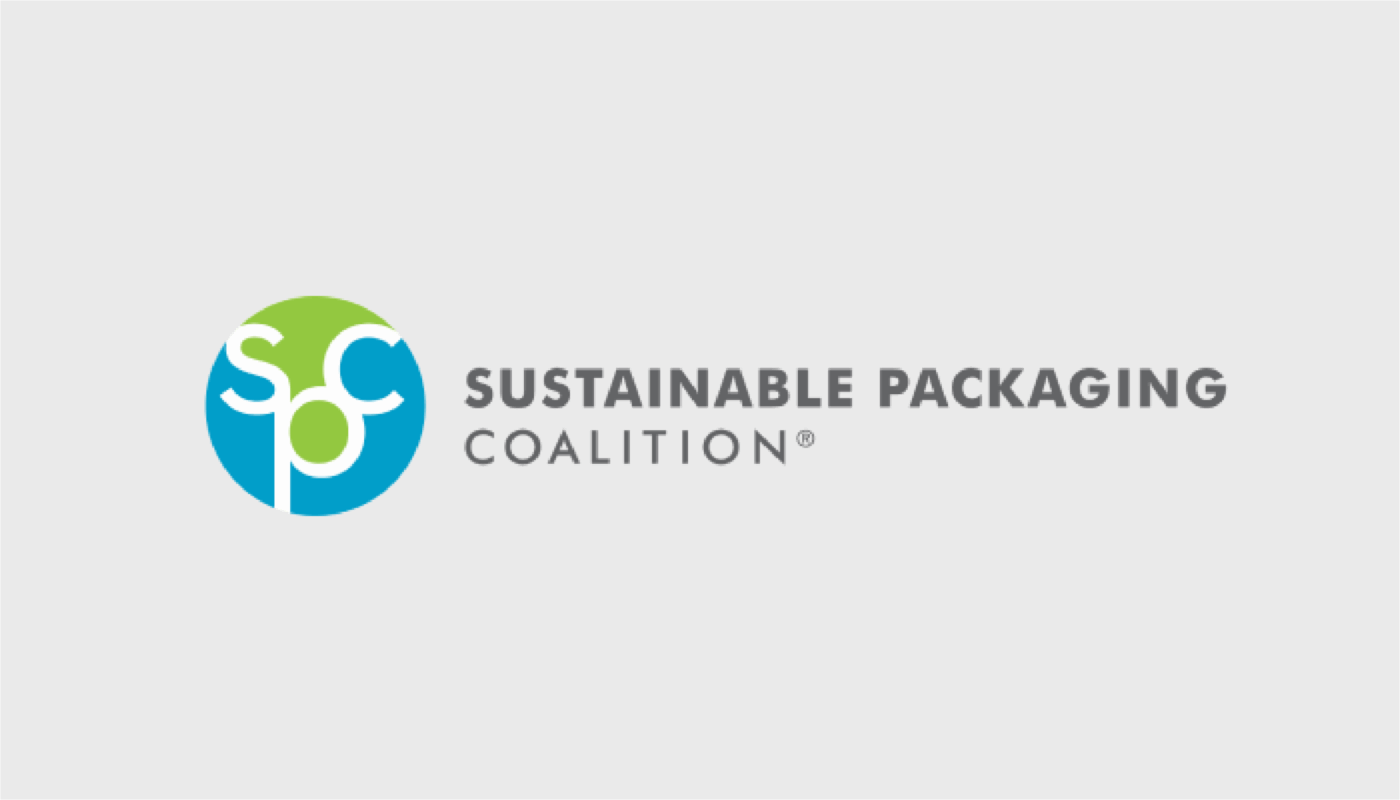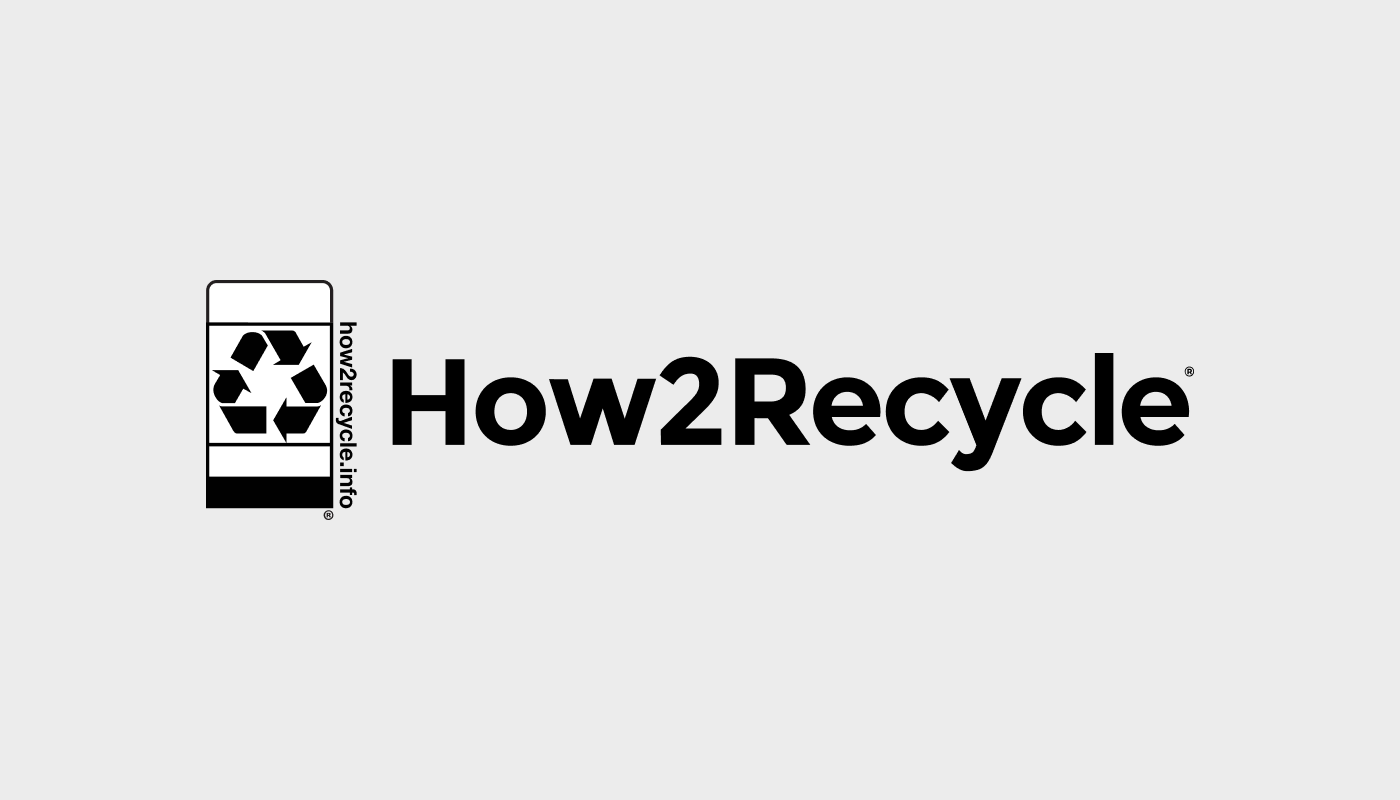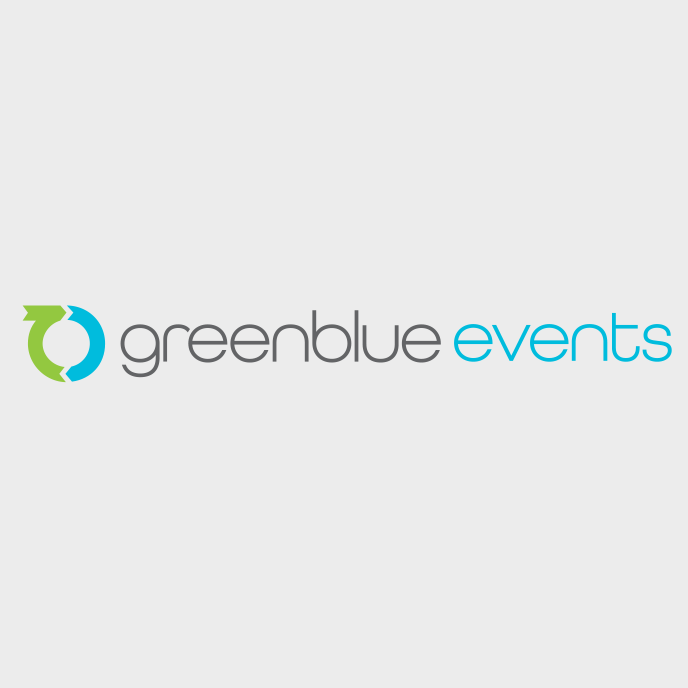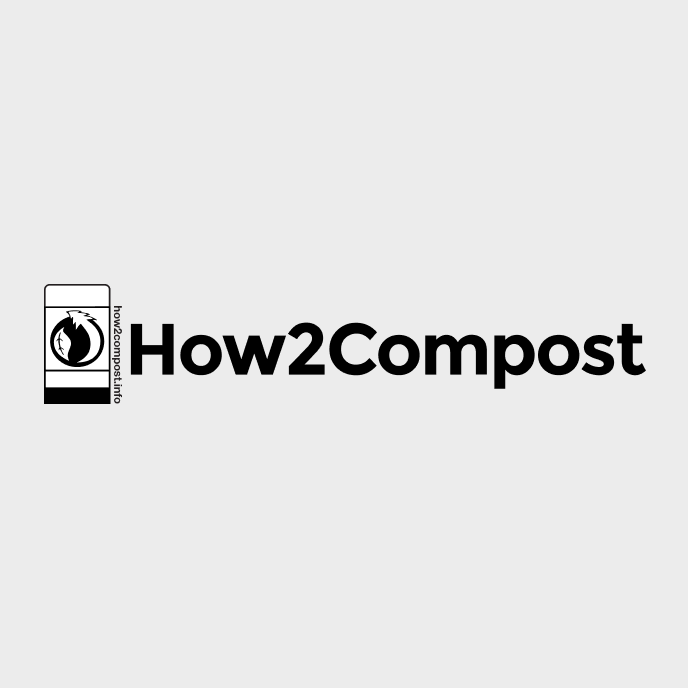A changing recycling landscape demands an adaptable label program to meet the moment. That’s why, as legislation, recyclability, and consumer education needs change, we’re refreshing the How2Recycle label design.
Let’s dive into the reasons behind the label refresh, findings from our first rounds of testing, and what’s next for the How2Recycle label.
Why How2Recycle? Why Now?
With more than 800 members with thousands of SKUs, How2Recycle’s label refresh will help the largest brands across North America adapt to EPR legislation and “label laws” with a clear, compliant, actionable label. In other words, we’re future-proofing the label. We’re making sure that a member’s label is accurate and legal no matter where or when it’s issued.
When we increase the label’s accuracy, we increase credibility and public confidence in recycling, which brings us to another key reason for the design refresh: behavior change.
Right now, the velocity of the global waste crisis is outpacing current solutions. The need to empower consumers with accurate information, spark behavior change, and get waste into the right streams is more urgent than ever. To spark that behavior change, we need to understand the consumer, to meet people where they are—but we won’t leave them there. How2Recycle and our members are responsible for pushing understanding forward and scaling the design and behavior change needed to remedy the global waste crisis. To do that, we’re partnering with the Sustainable Packaging Coalition’s Packaging Design Collaborate on designing the refreshed label and SPC member Quad for consumer testing.
What Did We Learn from The First Round of Consumer Testing?
Part of meeting the consumer where they are requires building a label that’s inclusive. We’re refreshing our standard label design with inclusivity in mind—so even if we opt to add a dynamic label into our label offering, we’ll ensure that our instructions are inclusive to people without smartphones, strong service, or the necessary tech savvy.
To do this, we needed to understand what language, symbols, and layout worked best for consumers. With Quad, we conducted quantitative consumer research from more than 800 respondents across the U.S. Establishing a control, we wanted to see how we could meaningfully evolve the current How2Recycle label. Here’s what we found:
People Were Most Influenced by the Symbols on Labels
Symbols on tiles had the strongest impact on people’s perception of the label. As materials became less recyclable, participants responded strongly to corresponding changes in symbols. Overall, symbols were the most influential factor, affecting 55% of respondents, compared to the second highest factor influencing 14% of respondents.
People Preferred Affirmative Symbols
People liked symbols that were affirmative—symbols that communicated which stream a material was meant to go into, rather than say the chasing arrow symbol with a slash through it. The top two performing sample sets in this round were sets without slashes, ranking the highest out of the control and five variable sample sets.
People Liked Written Descriptions for Instruction
People tended to respond to the language like “Widely recyclable” or “Not yet recyclable,” language that doesn’t exist on the current labels. According to the research in this round, they preferred copy that gave clear direction, included action words, was precise, and left less room for interpretation. For example, “Do Not Recycle” tested more favorably than “Not Yet Recyclable.”
There’s Brand Equity in the Existing Recyclable Symbol
Our first round of testing revealed that people found the existing, bold chasing arrows both visually appealing and recognizable. Nearly 84% of respondents recognized the How2Recycle label, and an impressive 91.2% had memory recall of the chasing arrows recycle symbol. Plus, the How2Recycle label was shown to encourage or influence a purchase decision in 51% of respondents.
What’s Next for the How2Recycle Label Refresh?
With findings from our first round, we’ll refine our designs and embark on at least one more round of consumer testing to determine which label designs communicate disposal instructions most effectively. We’ll do a deep dive into symbols to ensure compliance with EPR policy. We’ll also seek to strengthen our understanding around evolving the symbology, whether to embolden the design, and reversing the copy to maximize the compatibility for printing.
We’re not stopping with the label design, either. We’ll also research long-term marketing strategies to drive consumer education and help mobilize our members around EPR-mandated consumer education efforts. We’ll explore the potential of in-store signage to encourage awareness around proper disposal behaviors and provide access to Store Drop-off bins. And together with our members, we’ll meaningfully evolve the How2Recycle to give consumers the information they need to get waste into the right streams.
By MK Moore, Communications, Content & Design Manager, GreenBlue







